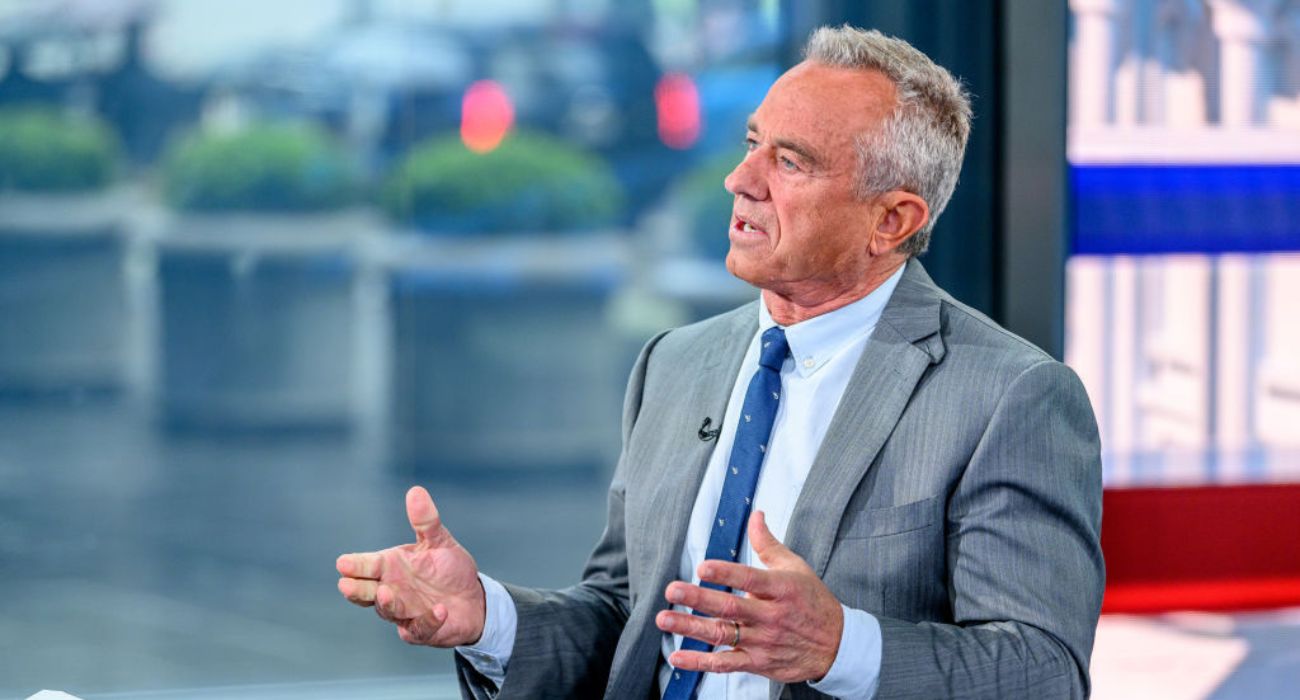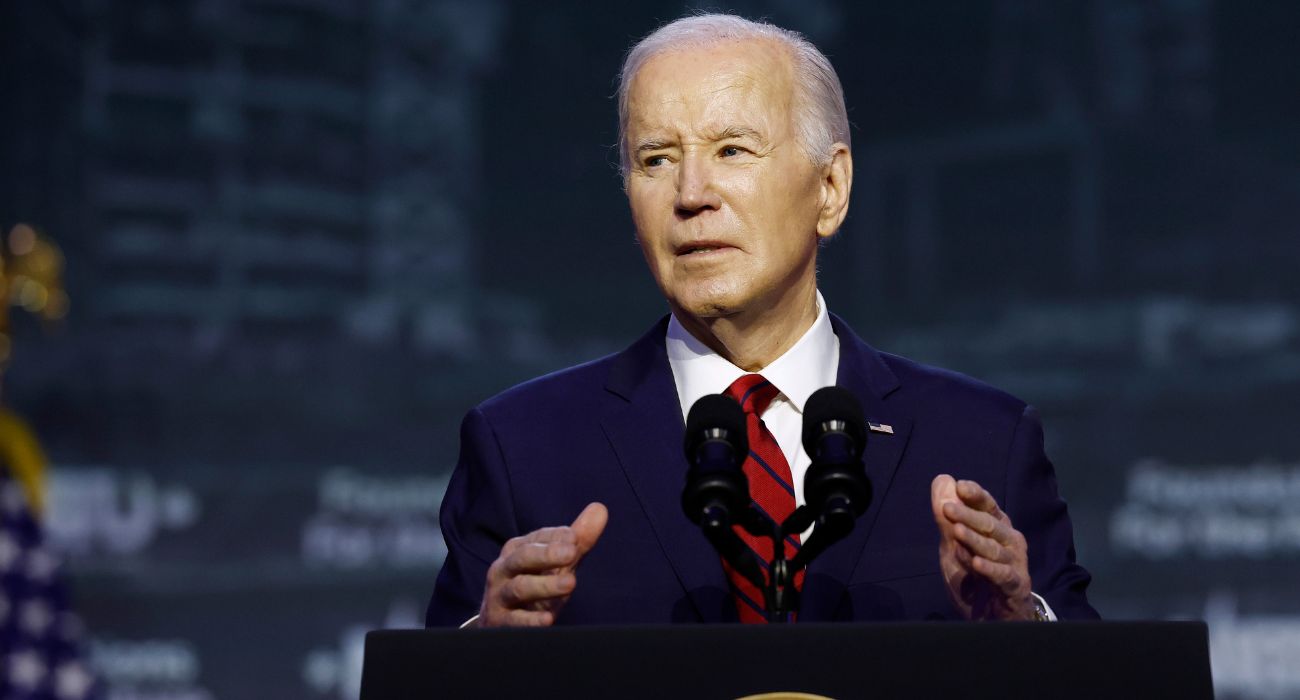Netflix shares plunged on Wednesday after the company reported its first dip in customers in a decade and the steepest decline in subscribers since it started streaming in 2007. Reuters reported that Netflix shares lost over a third of their value, down 35%.
“Our revenue growth has slowed considerably,” the company wrote in a quarterly letter to shareholders on April 19. “Streaming is winning over linear, as we predicted, and Netflix titles are very popular globally. However, our relatively high household penetration — when including the large number of households sharing accounts — combined with competition, is creating revenue growth headwinds.”
According to The Associated Press, Netflix suffered a net loss of 200,000 subscribers in the first quarter of 2022, after previously predicting a gain of 2.5 million.
Netflix officials said they initially thought a slowdown in 2021 was due to a cooling off of usage from customers who turned to the streaming service in 2020 during the COVID-19 pandemic lockdowns. The company reported it added 36 million new subscribers in 2020.
But Netflix shared in the letter this week that it now believes other factors, including increased competition, slow economic growth, inflation, and account sharing, are creating a combined force that is responsible for the significant losses.
Netflix told its shareholders that account-sharing is one issue that the company will address in the near future.
“We are working on how to monetize sharing,” Netflix CEO Reed Hastings said in an earnings interview. “We’ve been thinking about that for a couple years, but when we were growing fast, it wasn’t the high priority to work on. Now we are working super hard on it.”
The company noted in the letter that they have 222 million paying households and estimate that the service is shared with over 100 million additional households.
“These are over 100 million households that already are choosing to view Netflix,” said Hastings. “They love the service. We’ve just got to get paid at some degree for them.”
In several markets in Latin America, Netflix introduced paid sharing features, which would allow subscribers to share service with friends and family members for an additional price, but at a much more discounted rate.
The company didn’t indicate on Tuesday what might be in the works for the U.S. markets as far as plans to monetize sharing. Still, it noted as it explores possibilities that the average revenue per membership growth as well as overall revenue and viewing “will become more important indicators of our success than membership growth.”
While Netflix recently raised prices for the service in the United States, Hastings also said in the interview the company has considered an ad-based model for a lower price plan as an option for customers.
“It’s pretty clear that it is working for Hulu. Disney is doing it. HBO did it,” he said. “We don’t have a lot of doubt that it works. I am sure we will just get in and figure it out as opposed to test it, maybe do it or not do it. It would be a plan layer, like it is at Hulu, so if you still want the ad-free option, you’ll be able to have that as a consumer.”






